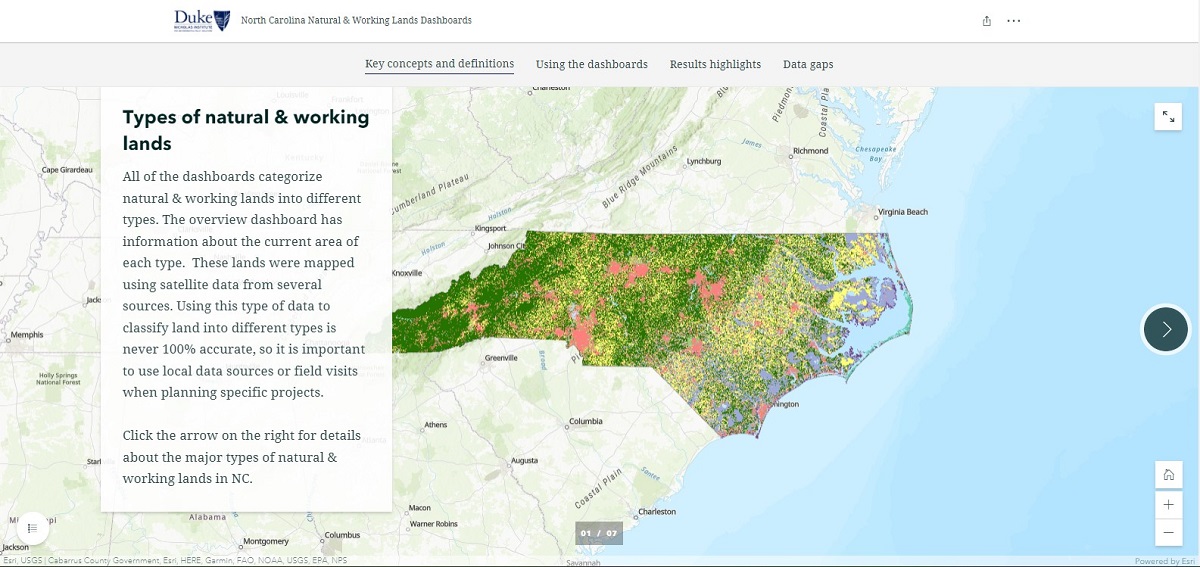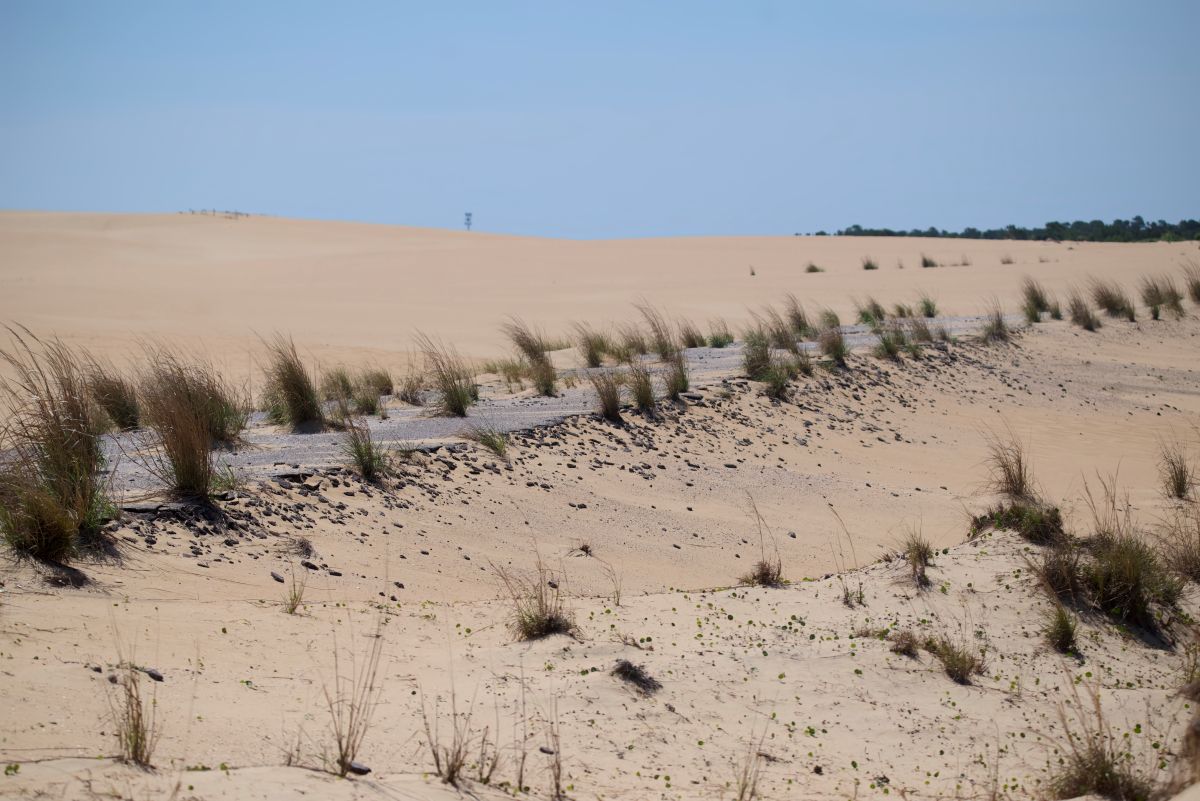
An online resource cataloguing the value of natural and working lands, including farms, forests and wetlands, now is available to the public.
Duke Univerity’s Nicholas Institute for Environmental Policy Solutions launched last month the North Carolina Natural and Working Lands Dashboards for communities, land managers, nongovernmental organizations and the public to have access to information on these lands that “can store carbon, enhance community and ecosystem resilience, and provide many other social, economic and environmental benefits,” according to the website.
Supporter Spotlight
The resource consists of three online dashboards and an introductory story map explaining concepts and terms, how to use the dashboard and key findings. Included are the overview dashboard that features general information about the area and benefits of natural and working lands, the conservation dashboard that focuses on natural and working lands protected for conservation purposes and the carbon dashboard that provides details about past, current and potential carbon storage by land type.
“The dashboards will put information about the status and benefits of North Carolina’s natural and working lands at users’ fingertips,” said Katie Warnell, policy associate for the Nicholas Institute’s Ecosystem Services Program, in a statement. “This information can help landowners and decision makers with management and planning processes.”
The data come from state planning efforts such as the 2020 Natural and Working Lands Action Plan, a part of the North Carolina Climate Risk Assessment and Resilience Plan, and the draft Coastal Habitat Protection Plan 2021 Amendment.
According to the institute’s statewide results, less than 20% of the state’s natural and working lands are conserved, leaving them vulnerable to degradation or development. Between 2001 and 2019, more than 600,000 acres were converted to another use. Though most of the state’s conserved land is under state or federal ownership, more than a half-million acres of conservation land are privately owned.
Reforestation offers some of the best opportunities to increase carbon storage on natural and working lands. Improved agricultural management practices, such as use of cover crops, would also provide carbon benefits, according to the institute.
Supporter Spotlight
The dashboards were developed by Warnell; Shouta Hayashi and Sasha Keller, who are pursuing their master’s at Duke’s Nicholas School of the Environment, and Lydia Olander, director of the Nicholas Institute’s Ecosystem Services Program.
The U.S. Department of the Interior Southeast Climate Adaptation Science Center funded the project.







